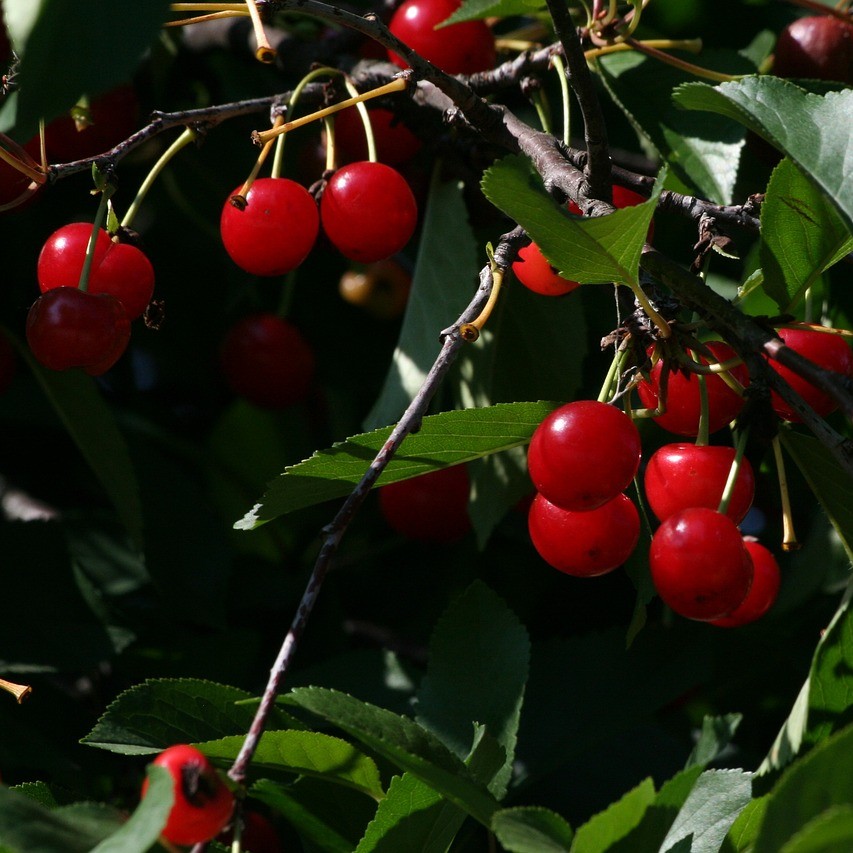Published:

Since the early beginnings of farming, humans have used natural practices such as cross-breeding plants to find the best produce for consumption and growing. These practices change the size, color, and amount of seeds in a fruit, among other characteristics.
In the , however, scientists began genetically modifying foods to make the changes more predictable and favorable. The first genetically modified organism, or GMO, produce available for purchase was a tomato in 1994. Now, GMO crops are grown in and imported and sold in .
Though produce is generally genetically modified to enhance appearance and taste, a recent a shift in focus has led to more practical improvements for farming. Tesco Ireland, one of the leading supermarkets in Ireland, in produce coming from European suppliers. The were due to abnormal temperatures in Spain, Italy, and Morocco.
Climate experts believe the lower temperatures that hindered crop growth will continue to be experienced as climate change persists. Similar cases are happening in many countries, and one fix has been to try to modify fruits and vegetables to combat climate problems.
Across the globe, genetic modification is happening in preparation for extreme climate change. One of the leaders in genetic engineering is United States brand International Fruit Genetics. The most recent discovery IFG found is the “.” Cherry trees usually need around one month at temperatures between . In some regions where cherries are farmed, reaching a month at those temperatures has been challenging. The new Cherry Cupid Trees only need about of the time at chill temperatures to grow. This change makes the cherries more habitable in the Southern Hemisphere.
Some vegetables have been modified for climate change, too. , in particular, is very sensitive to sunlight; if the head is overexposed, it loses shape and color and becomes less appealing to customers. To combat this problem, , a -based agriculture company, has found a way to make cauliflower. In addition to cauliflower, Syngenta has produced new variants of melon, corn, and leafy vegetables. Their strain of cauliflower, called , keeps its color when exposed to sunlight. This makes the vegetable more presentable and cuts labor costs due to no longer needing to keep the head of the plant covered.
Overall, genetically modifying crops has made farming produce a lot better over the last few decades. In light of rising temperatures, GMOs will stay at the forefront of keeping agriculture alive. Whether it is sunlight, temperature, or other factors of climate change, scientists all around the world are finding solutions to minimize these problems and more countries are expanding into the realm of GMOs.
Australia, for example, sent in its first genetically modified fruit for approval . If approved, the banana could withstand a that threatens almost half of the bananas worldwide. The EU also recently its regulation on GMO produce. The new rules are expected to lead to an uptick in the creation and use of genetically modified food in EU countries. Unless drastic changes occur, the climate change crisis will continue to become harsher, and the modification of crops will be a necessary adjustment to make sure that crops can withstand its effects.
File under